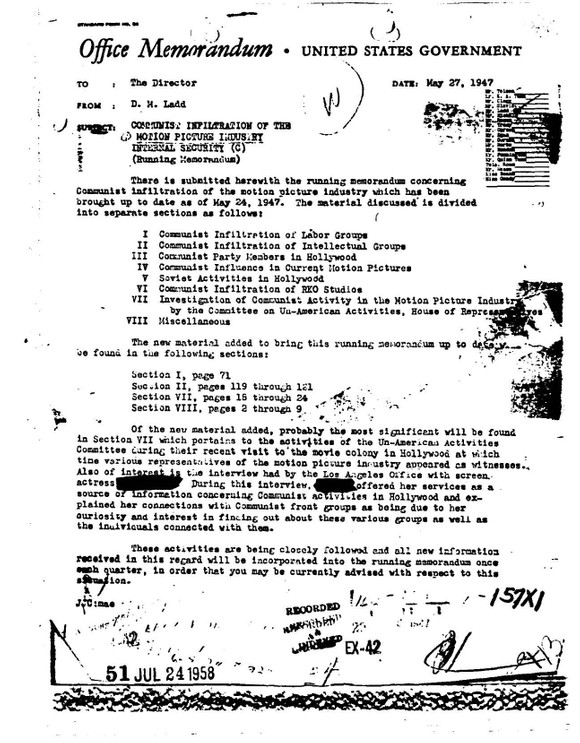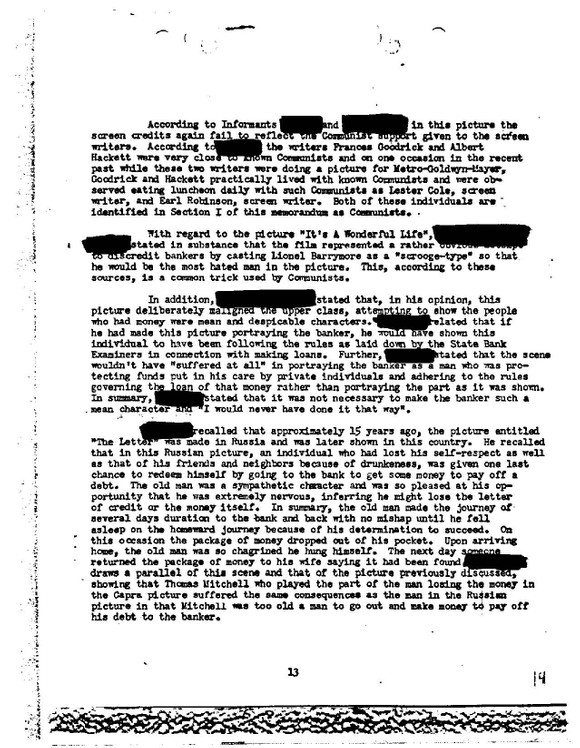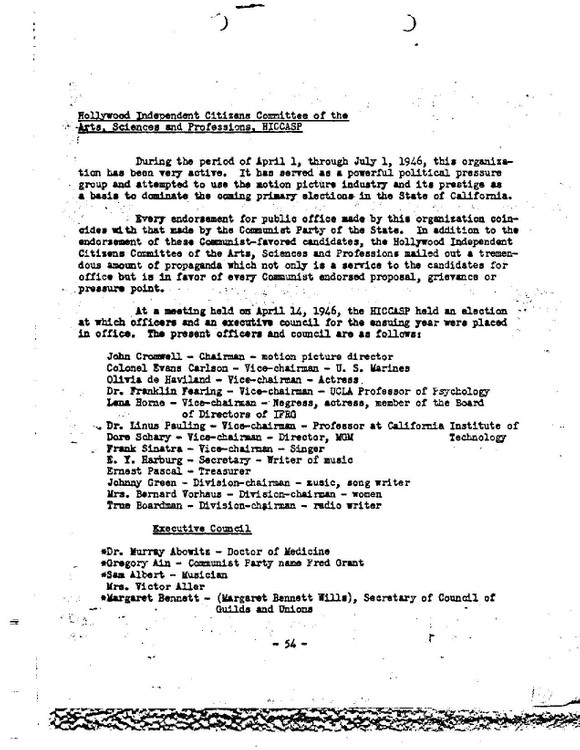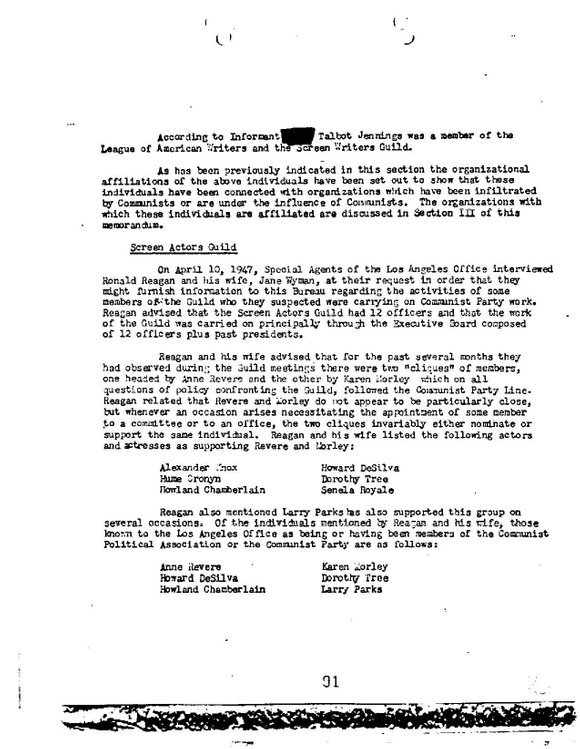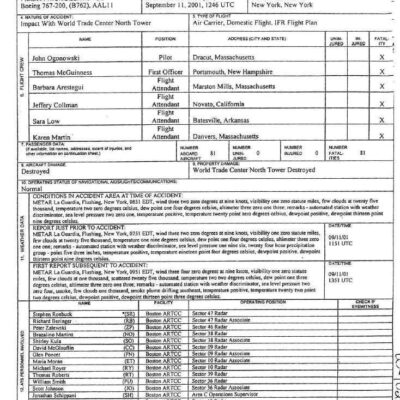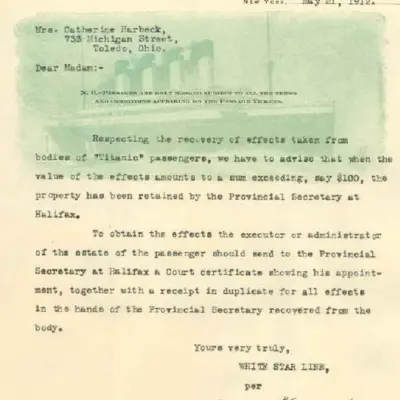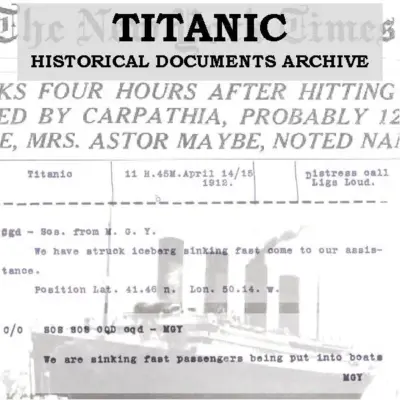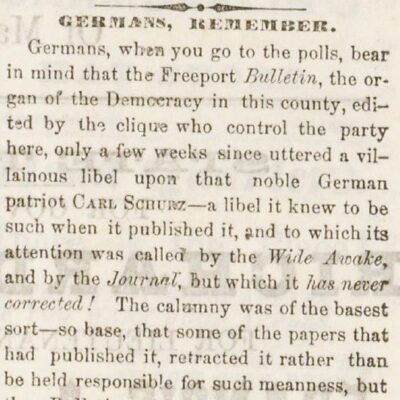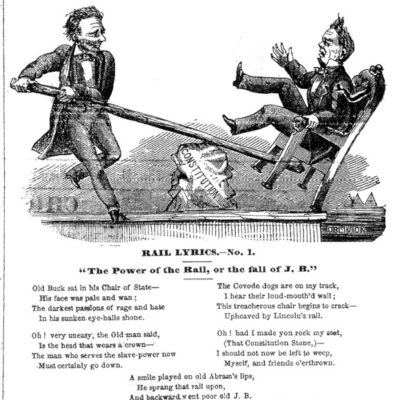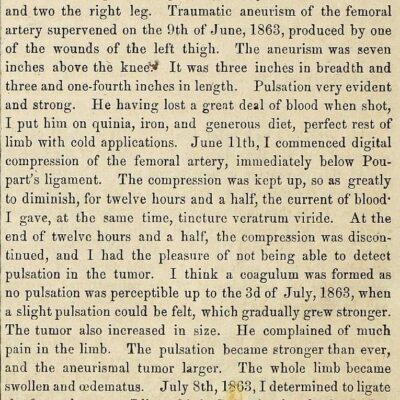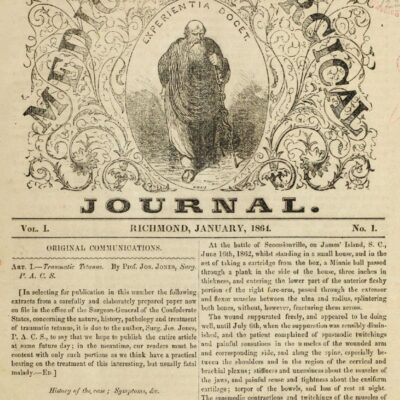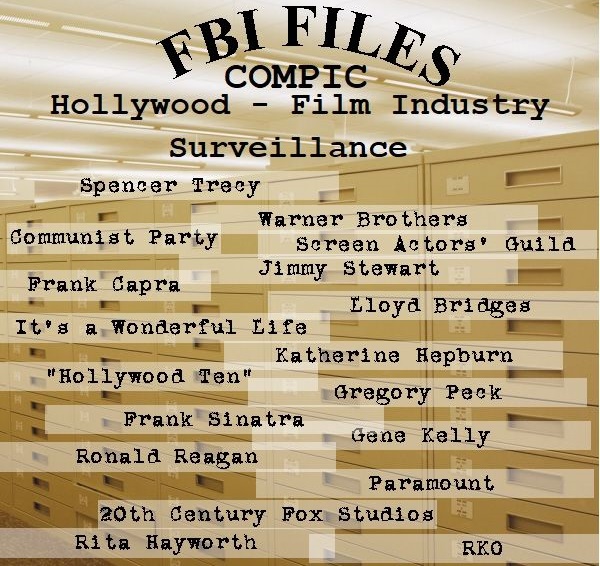
Hollywood/Film Industry Surveillance 1942-1958 FBI Files
$19.50
Description
FBI Investigation of Communism in Hollywood, 1942-1958
Timeline of Main Events (1942-1958) based on FBI Files:
- 1942: The Federal Bureau of Investigation (FBI) initiates a formal investigation codenamed “COMPIC” (Communist Infiltration-Motion Picture Industry). This investigation aims to uncover and document the alleged infiltration of the Communist Party into the Hollywood film industry.
- 1942-1958: The FBI actively collects information and conducts surveillance on individuals and organizations within the Hollywood film industry suspected of communist affiliations or sympathies. This includes:
- Gathering reports from informants within the industry.
- Conducting “reviews” and analyses of mainstream films, looking for instances of alleged communist propaganda subtly inserted by writers, directors, and actors. An example cited is an analysis of Frank Capra’s “It’s a Wonderful Life.”
- Monitoring the activities of major Hollywood studios such as Paramount, RKO, and Warner Brothers.
- Tracking power struggles between studio management and labor unions, potentially looking for communist influence within these conflicts.
- Documenting the activities and providing support to anti-communist organizations operating in Hollywood.
- Throughout the Investigation (1942-1958): Ronald Reagan, during his tenure as President of the Screen Actors’ Guild (SAG), provides the FBI with names of individuals in Hollywood whom he suspects of being communists or communist sympathizers.
- 1958: The period of surveillance covered by these FBI files concludes.
Cast of Characters and Brief Bios:
- Federal Bureau of Investigation (FBI): The primary law enforcement agency of the United States federal government, responsible for investigating potential threats to national security, including alleged communist infiltration. The files document their extensive surveillance and information gathering activities within the Hollywood film industry.
- Communist Party: A political organization that, during this period, was viewed with suspicion and fear in the United States due to the Cold War and concerns about Soviet influence. The FBI’s investigation centered on the alleged attempts by the Communist Party to infiltrate and influence the content of American films.
- Ronald Reagan: An influential figure in Hollywood, serving as President of the Screen Actors’ Guild (SAG). The files reveal that he acted as an informant for the FBI, providing names of individuals he believed had communist ties or sympathies. He later became the 40th President of the United States.
- Frank Capra: A prominent film director known for films like “It’s a Wonderful Life.” His work was scrutinized by the FBI for alleged communist propaganda.
- Individuals within the Motion Picture Industry (Writers, Actors, Directors, Producers, Union Leaders, Studio Executives): The FBI files name “hundreds” of influential people within Hollywood who were under suspicion or investigation for alleged communist affiliations or sympathies. The provided source does not list specific names beyond Reagan and Capra, but indicates a broad scope of surveillance across various roles within the industry.
- Anti-Communist Organizations in Hollywood: Various groups and organizations operating within Hollywood that were dedicated to opposing communist influence in the film industry. The FBI is documented as providing support to these organizations.
Hollywood/Film Industry Surveillance 1942-1958 FBI Files
Surveillance of Hollywood FBI Files 1942-1958
2,000 pages of files copied from FBI Headquarters in Washington, D.C., covering the FBI investigation codenamed COMPIC, Communist Infiltration-Motion Picture Industry (COMPIC). The FBI investigated the Communist Party’s infiltration of the motion picture industry from 1942 to 1958. Files give the FBI’s history of Communists and leftists in the motion picture industry back to the 1930’s.
Files include FBI “reviews” of main stream films it believed communist writers, directors, and actors successfully inserted communist propaganda into. Analysis of the plot points of Frank Capra’s movie “It’s a Wonderful Life”, finds communist tricks to make bankers and the rich look bad. Analysis cites a comparison of the movie to a Russian film made 15 years earlier titled “The Letter.”
Files include reporting from informers, including president of the Screen Actors’ Guild Ronald Reagan. The files names hundreds of influential writers, actors, directors, producers, union leaders, and studio executives. Investigations chronicle the working of major studios such as Paramount, RKO, and Warner Brothers, and the power struggles between the studios and studio management and labor unions. Files document the FBI’s support of anti-Communist organizations in Hollywood.
Several documents show that future President of the United States Ronald Reagan, then president of the Screen Actors’ Guild (SAG), provide names to the FBI of people in Hollywood who he believed were communists, or communist sympathizers.
